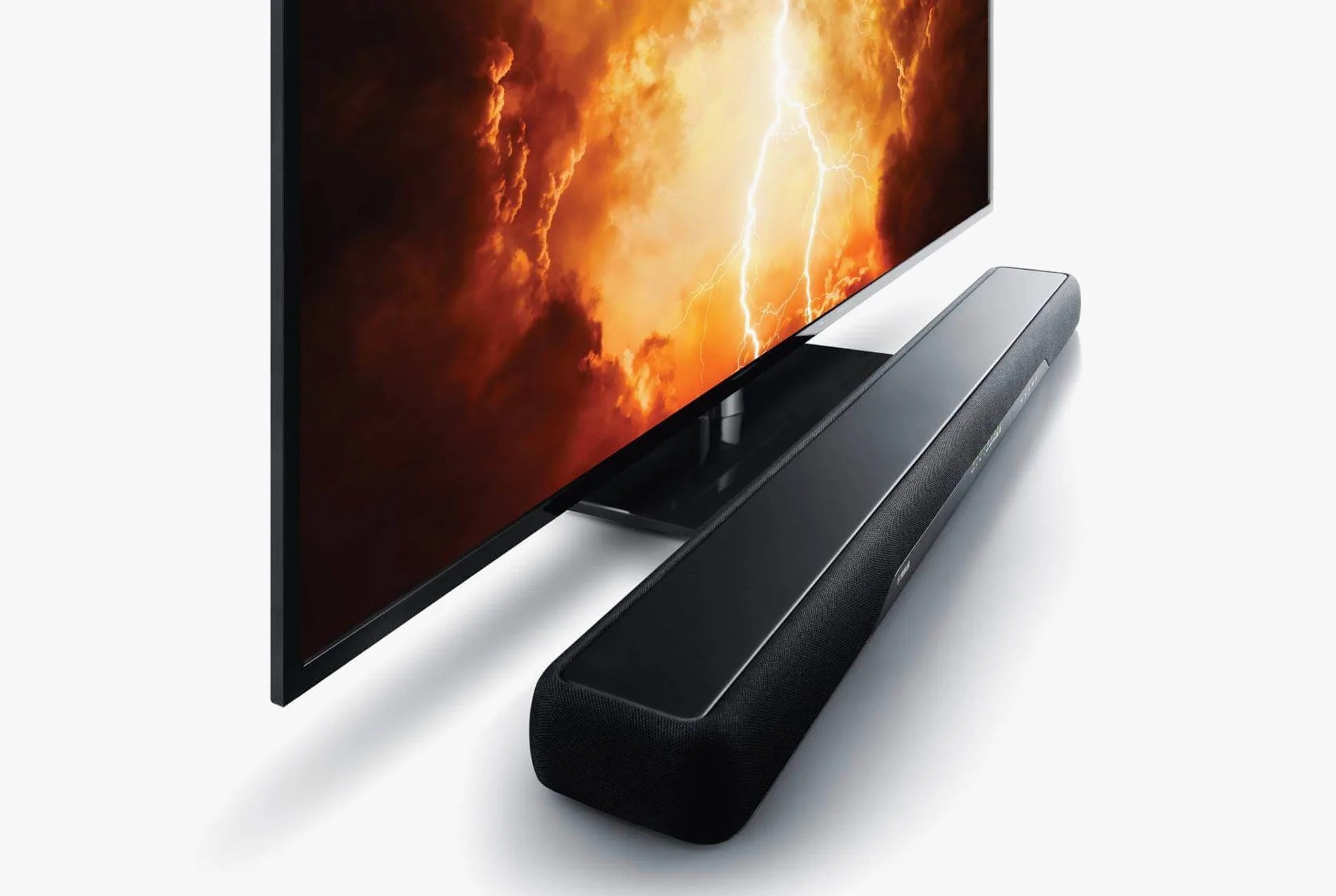The Yamaha YAS-207 soundbar ($300), released earlier this summer, has the potential to change the way we experience movies, sporting events and TV in general at home. It’s a substantial upgrade on the Yamaha YAS-203, its highly reviewed predecessor, as it now boasts 4K HDR compatibility and a wireless subwoofer. But that’s not what makes the YAS-207 truly special: It’s the first audio product to be integrated with DTS’s newest technology, Virtual:X.
You probably know DTS as the company behind DTS:X, its Dolby Atmos-like competitor. Both technologies, which are used by cinemas and in home theaters alike, analyze and adjust sound across your various speakers to best match the “spatial” choices made by the mixer. In layman’s terms, they enable speakers to create more immersive sound.
Or, maybe you know DTS from Play-Fi, its wireless multi-room streaming technology, akin to Sonos. (DTS doesn’t make any hardware, but supplies the technology to speaker manufacturers like Klipsch, McIntosh, Rotel and Pioneer.)
Virtual:X, on the other hand, promises to do something entirely different. According to Sid Noh, principal engineer at DTS: “Virtual:X exaggerates height perception in the absence of physical height speakers or speakers with upward-firing drivers. You get the effect of having height speakers without having to invest in any.”
Imagine watching a movie, like Independence Day, and a crowd looks up at fighter jets flying overhead — you’ll hear the boom of those jets coming down from the ceiling.
Imagine watching a movie, like Independence Day, and a crowd looks up at fighter jets flying overhead — you’ll hear the boom of those jets coming down from the ceiling. Or if you’re watching one of the Lord of the Rings films, you’ll hear the leaves rustling and birds chirping from above you as Aragorn and co walk through Fangorn Forest. That’s what Virtual:X can do. “We anchor the sound in the horizontal plane but we expand out the ambiance so people still feel the immersive sound field while maintaining the original source location,” Noh says. In this way, Virtual:X enables ambient sounds to come from above and around you, while dialogue and other sounds stay central from the TV.
Not all content you watch or stream on TV is mixed for height channels and surround sound, however. To get the most out of Virtual:X, you’ll want a sound system with an immersive codex, like DTS:X, that’s mixed for 11.1 channels, but Virtual:X will create immersion even from stereo. “Let’s say you have regular content — a sporting event or a show on Netflix or HBO,” Noh says. “Those are currently streaming two-channel audio or 5.1, max, and they don’t include height channels. Technically you won’t get the full height virtualization, but [Virtual:X] virtually extends the horizontal plane as well. When you watch HBO or an NFL game, the commentators will be in the horizontal plane, but the crowd sound will fully immersive. You’re hearing some of both.”

